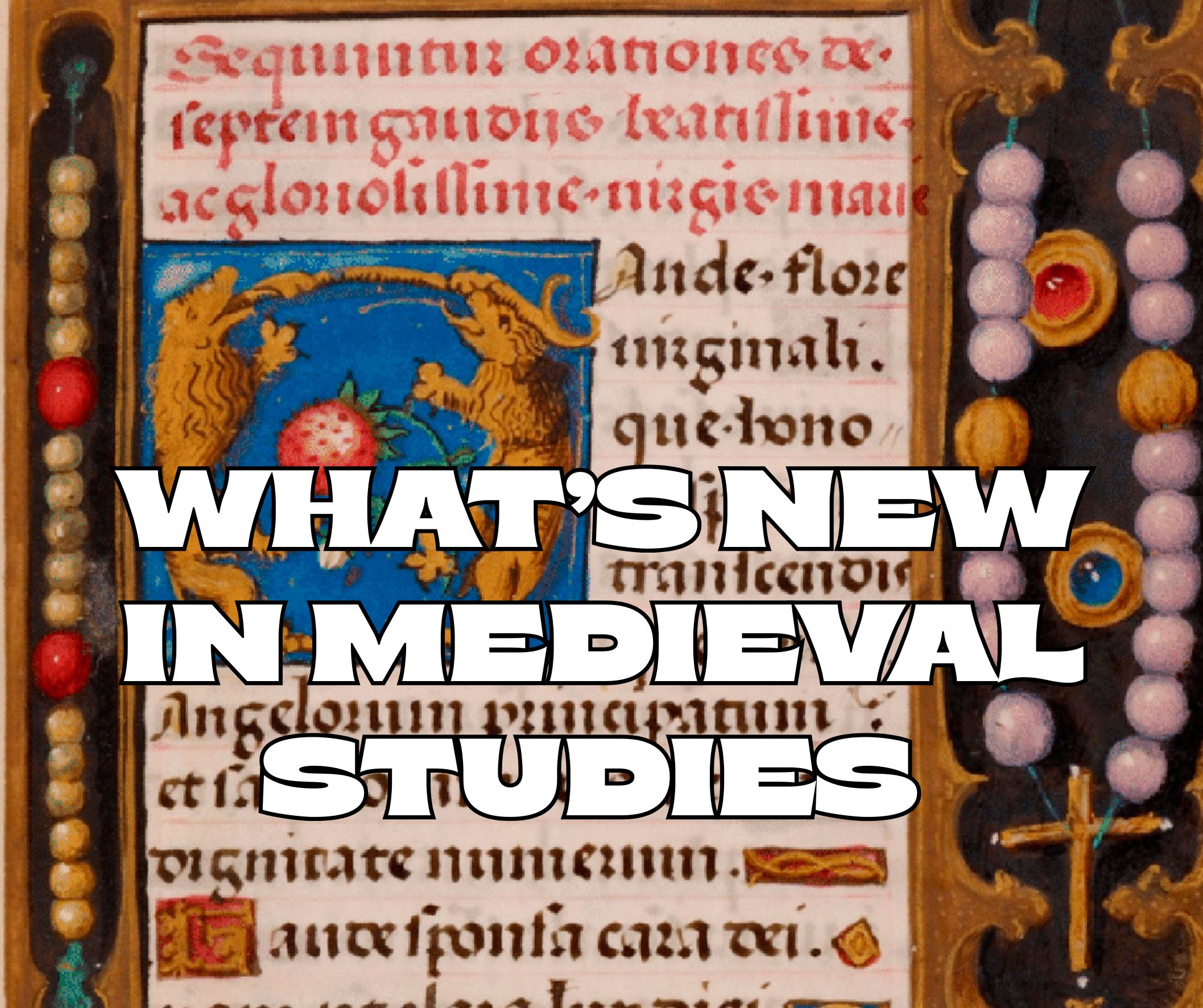
"Hartmut Hoffmann's seminal essay 'Grafschaften in Bischofshand' made clear that the grants of comitatus to episcopal authorities by Ottonian and Salian rulers from the later tenth to the early twelfth century did not provide the basis for the emergence of ecclesiastical polities during the later twelfth and thirteenth century. However, in discussing the transfer of these comitatus Hoffmann assumed that each grant consisted of the royal judicial bannum, previously held by a count."
"Hoffmann, by contrast, accepted that the Ottonian and Salian kings did exercise public/governmental authority but saw the comitatus in this period as divorced from the territoriality of the earlier Carolingian period in which a count's judicial bannum was exercised over a circumscribed area, usually coterminous with one or more pagi. However, when one examines the grants of comitatus discussed by Hoffmann, it is clear that this term was polyvalent in meaning."
The meaning of comitatus in the Ottonian-Salian kingdom varied across different grants. Hoffmann assumed many grants equated to the royal judicial bannum formerly held by counts and revived the Streugrafschaft model, yet he also accepted that kings exercised public authority. He argued that comitatus in this period were often divorced from Carolingian territorial norms in which bannum operated over circumscribed pagi. A close examination of the grants shows that some transfers did convey the royal judicial bannum to bishops while other grants did not, demonstrating the term's polyvalence and legal diversity.
Read at Medievalists.net
Unable to calculate read time
Collection
[
|
...
]